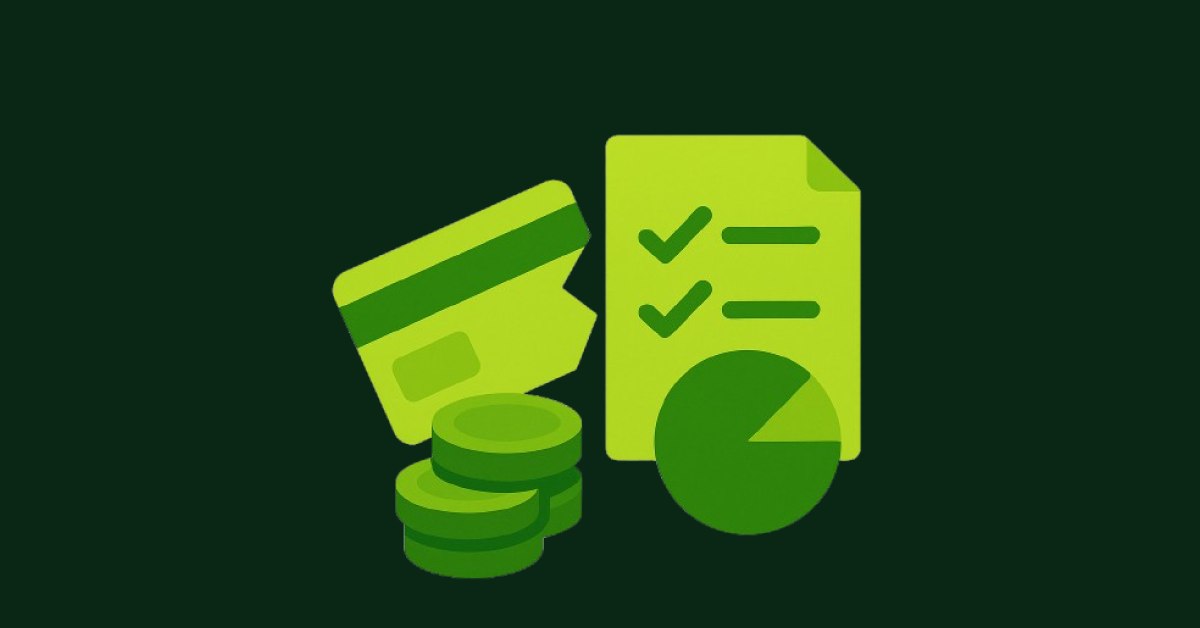Debt Relief: What It Is, How It Works

If you’re struggling to make ends meet or to pay off high-interest debt, you might be wondering whether there’s a way to get some relief. You’re not alone. The average American has more than $90,000 in debt, and many people spend years trying to pay it off.
Debt relief can help you get out from under the burden of debt more quickly. It can also help lower the amount of money you need to pay back. However, it’s not the right solution for everyone. Before you decide to pursue debt relief, here’s what you need to know.
Debt relief: What it is
Debt relief is a general term that refers to a variety of strategies designed to help borrowers get out of debt. These strategies can be broken down into two main categories: those that help you pay off your debt in a more efficient way, and those that reduce the amount of debt you owe.
• Debt consolidation is an example of the former. It won’t reduce the actual amount of debt you owe, but it can make it easier to manage and pay off. Debt consolidation involves taking out a new loan to pay off your existing debts, and it can be an effective way to save money on interest and pay off your debt more quickly.
• Debt settlement is an example of the latter. In a debt settlement agreement, you and your lender agree to settle your debt for less than the full amount you owe. This can be a good option if you’re struggling to pay your debt and need to get out from under it. However, it can have a big impact on your credit score, and it may not be the best choice for everyone.
How it works
Debt relief comes in many forms, and the right solution for you depends on your unique financial situation. Here are some of the most common types of debt relief and how they work.
Debt consolidation
Debt consolidation is the process of combining multiple debts into a single loan or payment. This can be done using a balance transfer credit card, a personal loan, a home equity loan, or a debt consolidation loan. The goal is to simplify the repayment process and, ideally, to reduce the interest rate you pay on your debt.
Debt settlement
Debt settlement is a process in which you or a company you hire negotiates with your creditors to reduce the amount of debt you owe. If you’re successful, you’ll pay the creditor a lump sum that’s less than what you owe, and the remainder of the debt will be forgiven. Debt settlement can be a good solution for people who are struggling to make their monthly payments and who owe more than they can realistically pay back.
Debt management
If you’re struggling to make your monthly payments, a credit counseling agency may be able to help. A credit counselor will work with you to create a budget and a debt management plan, or DMP, which will help you pay off your debts in three to five years. You’ll make a single payment to the credit counseling agency, which will then distribute the money to your creditors. In some cases, the credit counseling agency may be able to negotiate with your creditors to reduce your interest rates or waive certain fees.
Bankruptcy
If you’re unable to pay off your debts, you may need to file for bankruptcy. Bankruptcy is a legal process that can help you eliminate your debts and get a fresh start. There are two main types of bankruptcy for individuals: Chapter 7 bankruptcy, which involves the liquidation of your assets to pay off your debts, and Chapter 13 bankruptcy, which involves creating a repayment plan to pay off your debts over three to five years.
Credit counseling
Credit counseling is a type of professional financial counseling that’s often used to help people who are struggling with debt. It’s typically offered for free by nonprofit organizations, and you can access it in person, over the phone, or online.
The goal of credit counseling is to help you get a better understanding of your financial situation and to help you develop a plan to improve it. This can include creating a budget, learning how to manage your money more effectively, and discussing your options for dealing with debt.
In some cases, credit counselors can also help you negotiate with your creditors. For example, they might be able to help you get a lower interest rate on a credit card or work out a payment plan for a medical bill.
Debt management plan (DMP)
A debt management plan is a program that allows you to make a single monthly payment to a credit counseling agency. The agency then uses the money to pay your creditors on your behalf. This means you will not make payments directly to your creditors.
Credit counseling agencies may offer low-interest rates. You may be able to get your interest rates reduced or even eliminated.
A debt management plan is typically a good option for someone with a lot of credit card debt. You can use a debt management plan to pay off your credit card debt in 3-5 years.
It is important to note that a debt management plan will not eliminate your debt. You will still have to pay off your debt.
If you are struggling to make your monthly payments, a debt management plan can help. It can make it easier to make your monthly payments and can help prevent your debt from getting out of control.
It is important to note that a debt management plan can have a negative impact on your credit score. This is because you are not paying your creditors directly.
In addition, a debt management plan can take 3-5 years. This can be a long time to be in a debt management plan.
Debt settlement
With debt settlement, you or a debt settlement company negotiate with your creditors to settle your debt for less than what you owe. This process can take up to four years and could hurt your credit. You may also owe taxes on the amount of debt that was forgiven.
Debt settlement is often a last resort for people who are unable to make minimum payments and would otherwise have to file for bankruptcy. However, it can be a good option if you have a large amount of unsecured debt and are unable to keep up with payments.
Bankruptcy
Bankruptcy is a legal process that allows you to get out of debt when you cannot pay your creditors. There are two types of bankruptcy for individuals: Chapter 7 and Chapter 13.
Chapter 7 bankruptcy. This type of bankruptcy allows you to discharge your unsecured debts, such as credit card debt and medical bills. You may have to sell some of your property to pay off your creditors, but there are exemptions that protect certain types of property, up to a certain value, from being sold.
Chapter 7 bankruptcy can stay on your credit report for up to 10 years, but it can be a way to get a fresh start when you have a lot of debt.
Chapter 13 bankruptcy. With Chapter 13 bankruptcy, you must repay some or all of your debts over a three- to five-year period, based on a court-approved repayment plan. After you complete the plan, the remaining balances on your debts are discharged.
It can be easier to keep your property in a Chapter 13 bankruptcy because you repay your debts over time. Chapter 13 bankruptcy stays on your credit report for up to seven years.
How to pick the right debt relief solution
Choosing the right debt relief solution depends on your financial situation, how much you owe, and what you can afford to pay. It’s also important to consider the potential impact on your credit.
For example, a debt consolidation loan can be a good option if you have a solid credit score and you’re looking to pay off high-interest credit card debt. But if you have a low credit score, a debt consolidation loan may not be an option, or you may not qualify for a lower interest rate.
If you’re struggling to pay your bills and you’re not sure which option is best for you, you may want to speak with a credit counselor. A credit counselor can review your finances and help you determine the best course of action. Credit counseling is typically free, and it won’t hurt your credit score.
Before you make a decision, be sure to research all of your options and consider the potential impact on your credit. You should also get quotes from multiple lenders or service providers.
The bottom line
Debt is a heavy burden that can affect your entire life. But you don't have to carry it alone. There are many ways to get help with your debt, and most are much better for your credit than simply not paying your bills.
If you're struggling with debt, it's important to take action. Ignoring the problem will only make it worse. But by taking the right steps, you can get rid of your debt and move on with your life.
Conclusion
In the end, the best debt relief solution is the one that you can stick with. It’s not enough to just get out of debt — you need to stay out of debt. So when you’re considering your options, be honest with yourself about what you can afford and what you’ll be able to maintain.
